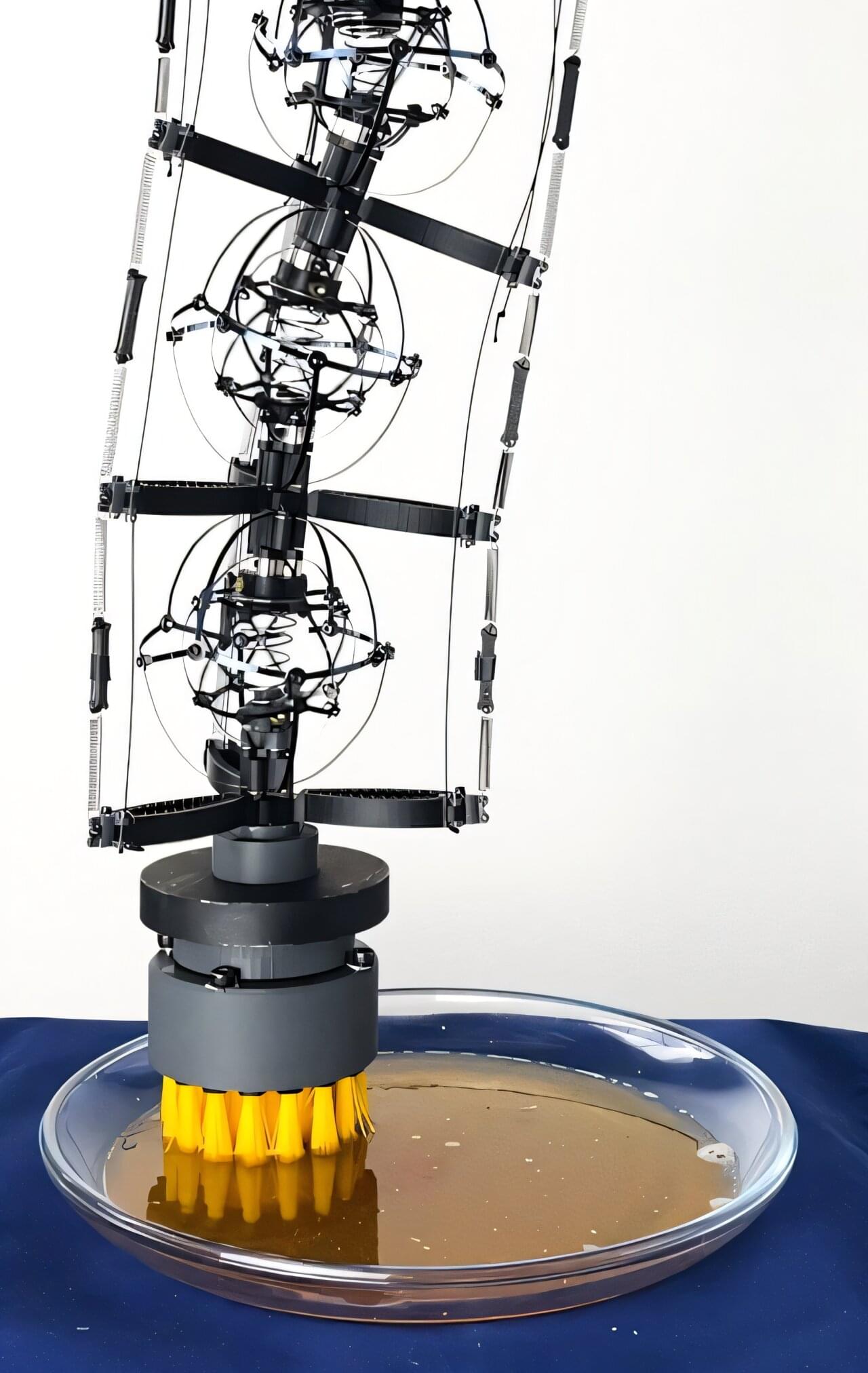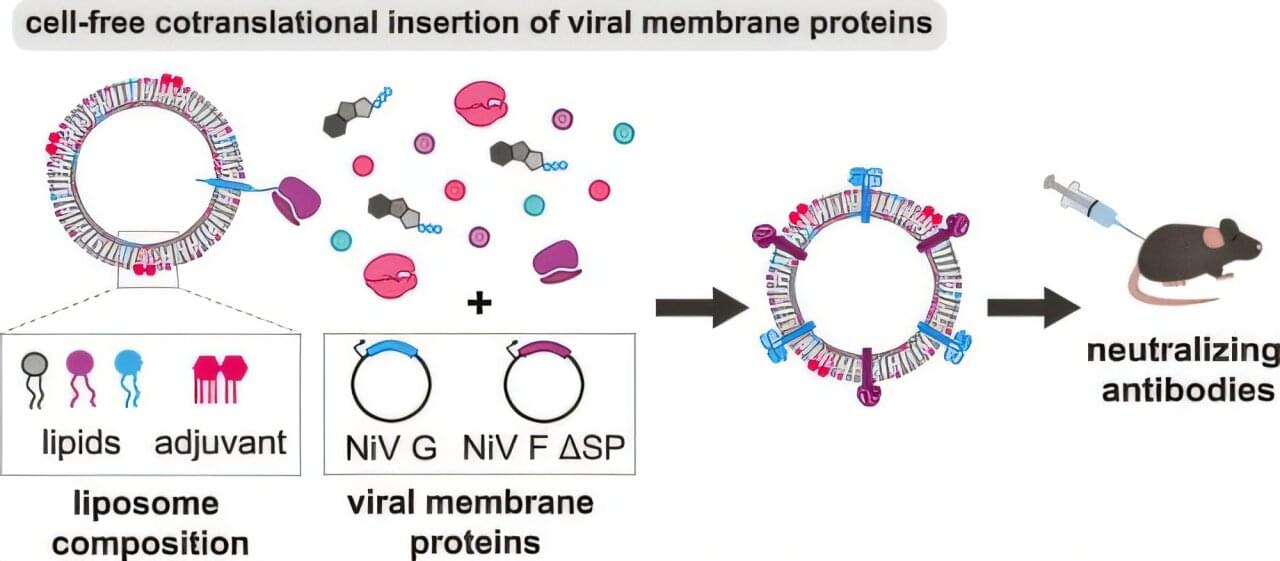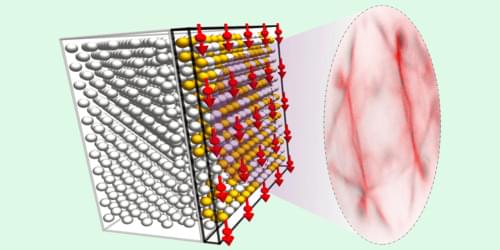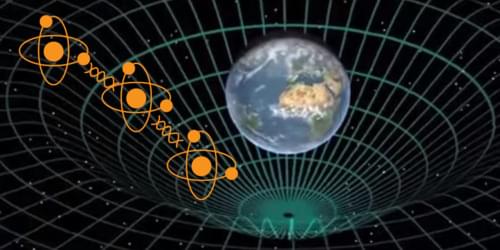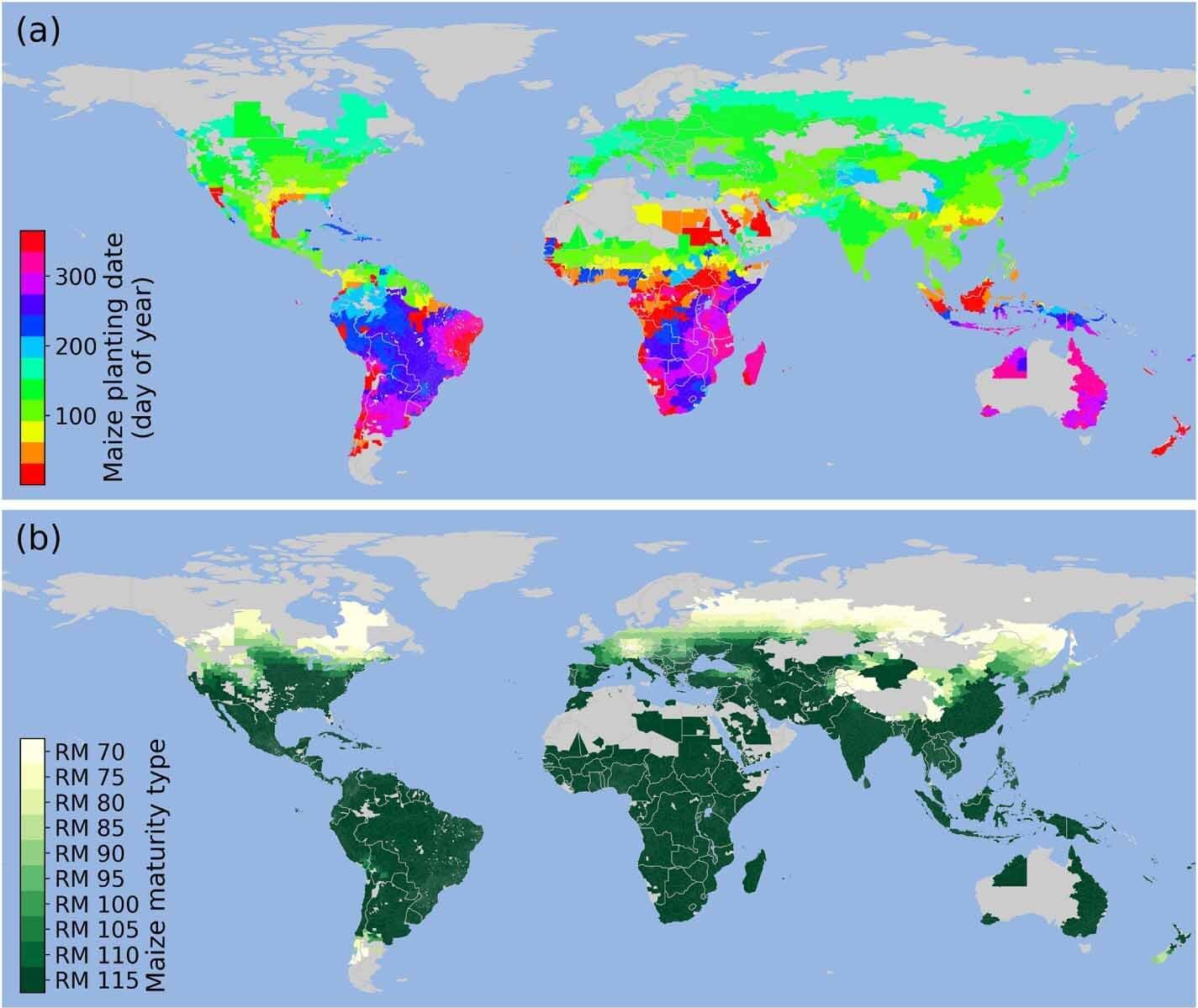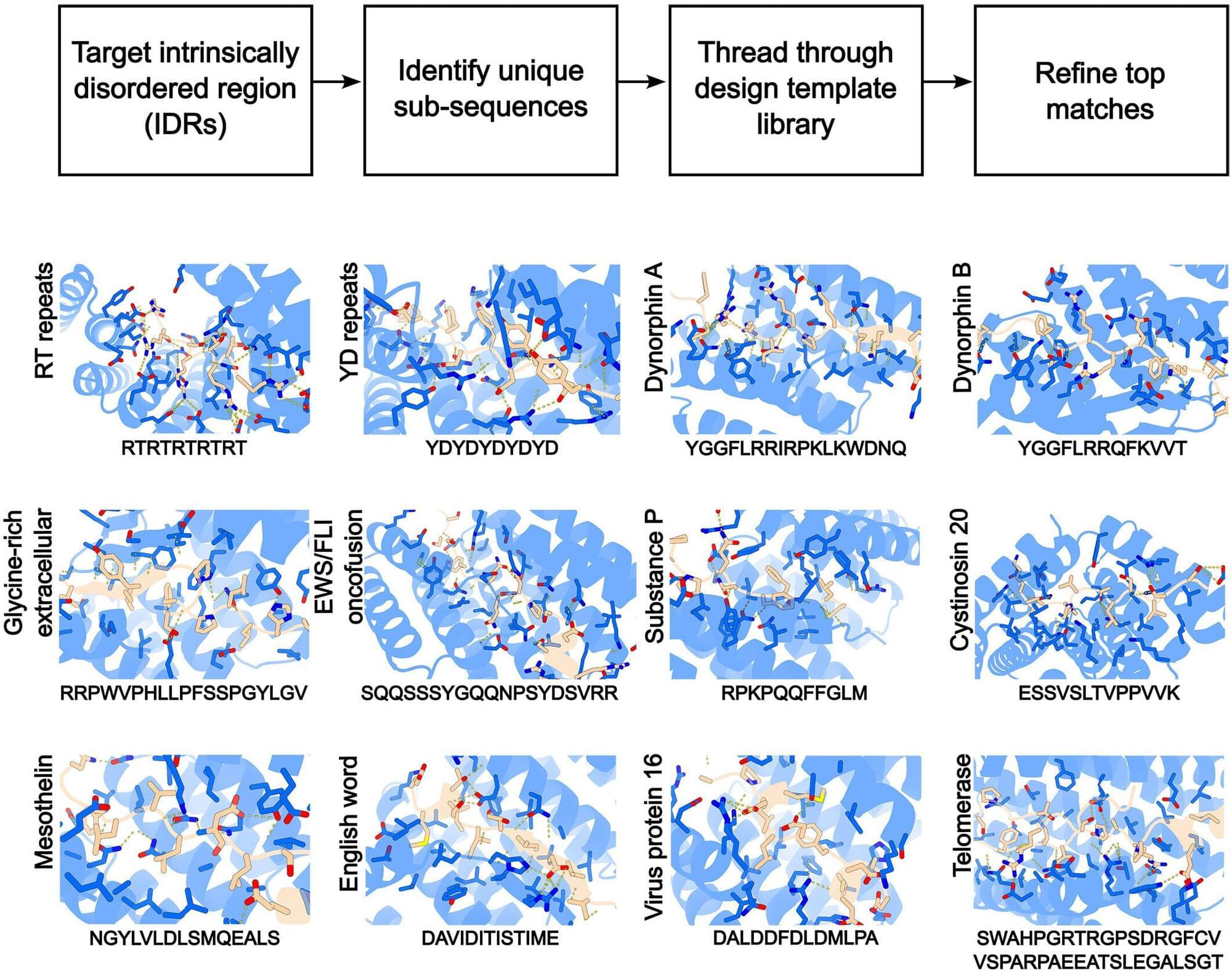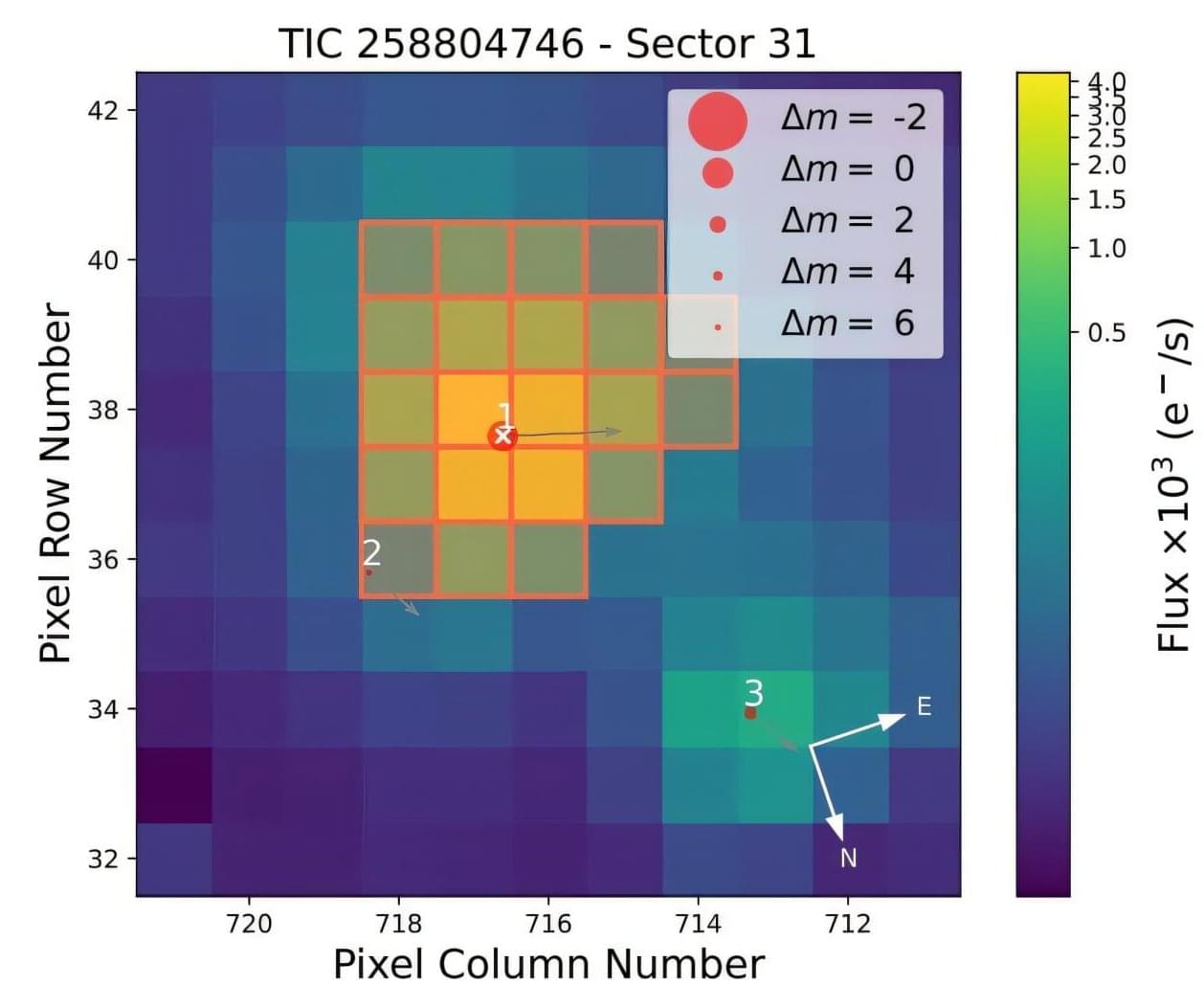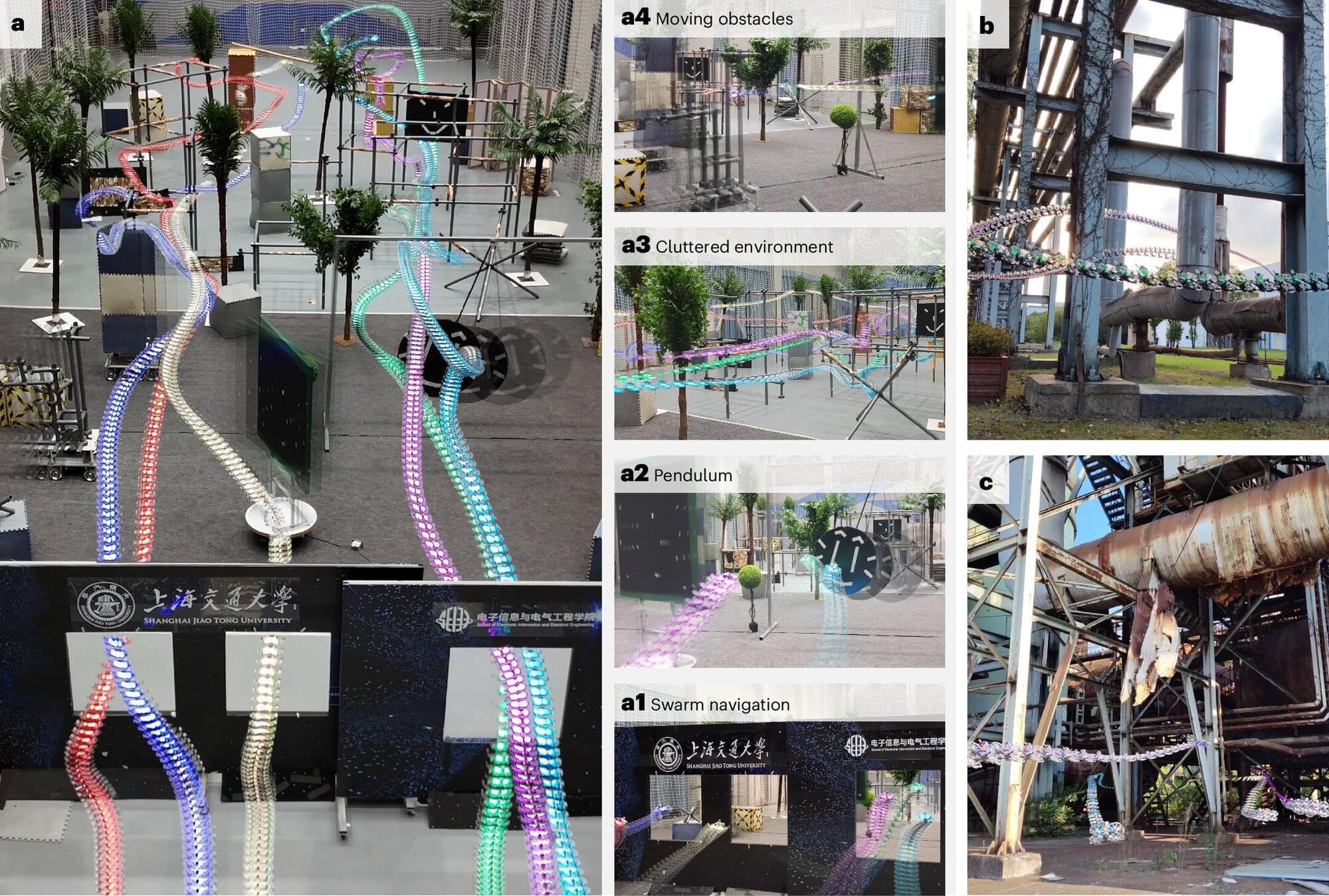While the advent of robotic systems that can complete household chores has been widely anticipated, those commercially released so far are primarily robot vacuums that autonomously clean the floor. In contrast, robots that can reliably clean surfaces, tidy up, cook or perform other tasks in home environments are either too expensive or have not yet reached the market.
Researchers at Northeastern University recently developed SCCRUB, a soft robotic arm that can complete a chore beyond hoovering and mopping, which many people find tedious, namely scrubbing surfaces clean. The new robotic arm, introduced in a paper on the arXiv preprint server, was found to successfully clean dirty, burnt and greasy surfaces, removing over 99.% of residue adhered to them.
“Our recent study builds on one of our earlier papers published in Science Robotics,” Jeffrey Lipton, senior author of the paper, told Tech Xplore. “We knew we had a new type of robot arm that could deliver the power of a drill through a soft robotic arm. We wanted to show what else we could do with this new platform.”
